Home>Gardening & Outdoor>Landscaping Ideas>How To Secure Artificial Grass On Concrete
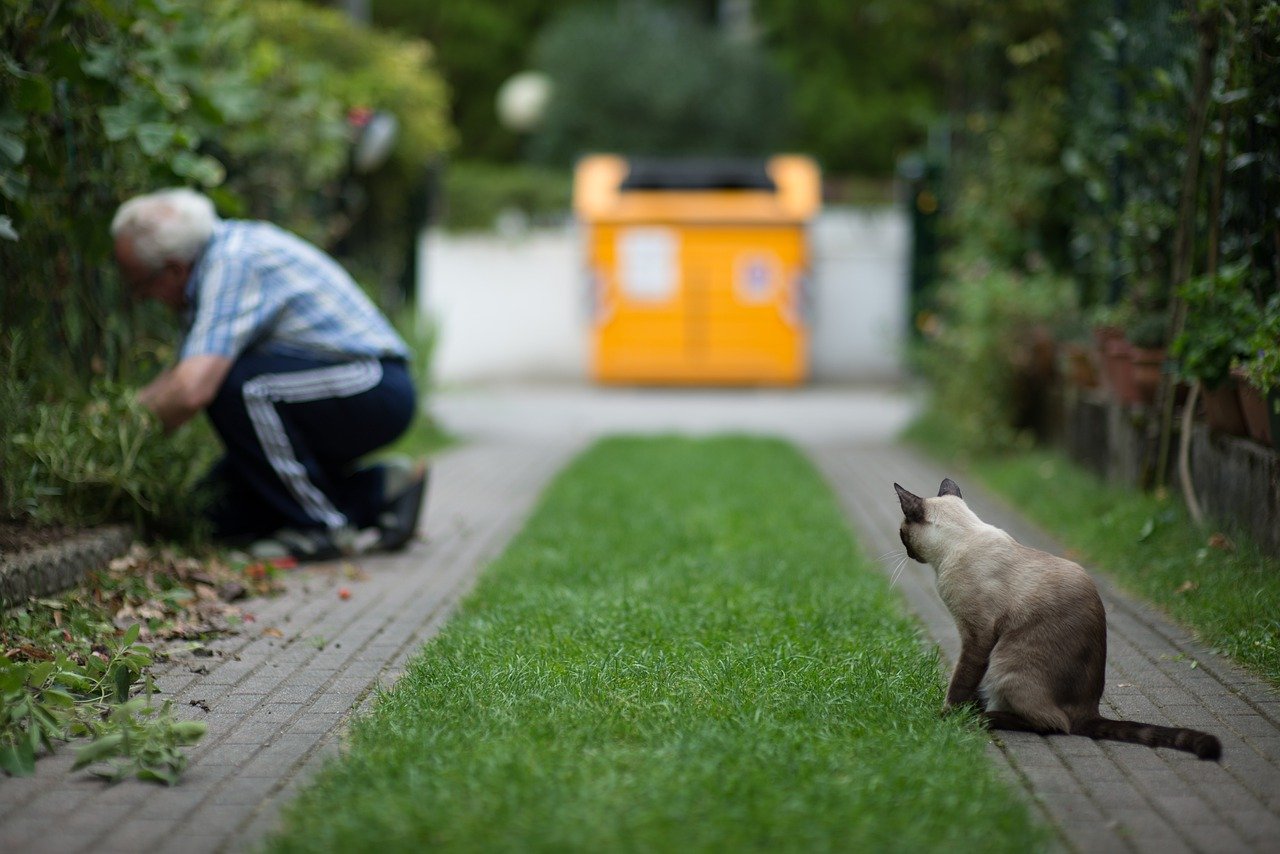

Landscaping Ideas
How To Secure Artificial Grass On Concrete
Modified: March 28, 2024
Learn effective landscaping ideas for securing artificial grass on concrete. Discover the best methods to ensure a durable and visually appealing installation. Enhance your outdoor space with these expert tips!
(Many of the links in this article redirect to a specific reviewed product. Your purchase of these products through affiliate links helps to generate commission for Storables.com, at no extra cost. Learn more)
Introduction
Landscaping with artificial grass offers numerous benefits, from low maintenance requirements to year-round greenery. However, when it comes to installing artificial grass on concrete surfaces, there are specific challenges that need to be addressed to ensure a successful and long-lasting outcome. In this comprehensive guide, we will delve into the intricacies of securing artificial grass on concrete, providing valuable insights and practical tips to help you achieve a professional and visually appealing result.
Artificial grass has gained popularity as a versatile and aesthetically pleasing alternative to natural grass, especially in urban and high-traffic areas where maintaining a natural lawn can be challenging. Whether you are considering transforming a concrete patio, balcony, or rooftop into a lush green space, understanding the nuances of securing artificial grass on concrete is essential for a seamless and durable installation.
Throughout this guide, we will explore the various considerations involved in this process, including selecting the right type of artificial grass, preparing the concrete surface, and implementing effective securing methods. By the end of this journey, you will be equipped with the knowledge and confidence to embark on your artificial grass installation project with clarity and precision.
Let's embark on this insightful exploration, unraveling the intricacies of securing artificial grass on concrete to create inviting and enduring outdoor spaces.
Key Takeaways:
- Transform concrete spaces into vibrant green areas by choosing the right artificial grass and securing it with adhesives, tape, and mechanical fixation for enduring beauty and low maintenance.
- Prepare concrete surfaces meticulously to ensure a stable foundation, address imperfections, and optimize adhesion, drainage, and compatibility for successful artificial grass integration.
Read more: How To Secure Patio Furniture To Concrete
Understanding the Challenges
Securing artificial grass on concrete presents unique challenges that require careful consideration and strategic solutions. Unlike natural soil, concrete surfaces lack the ability to absorb water and promote natural drainage, which can lead to issues such as water accumulation and poor moisture management. Additionally, the rigid and unforgiving nature of concrete demands thorough preparation to ensure proper adhesion and stability of the artificial grass.
One of the primary challenges is mitigating the risk of water pooling on the concrete surface, especially in outdoor installations. Without the natural permeability of soil, standing water can compromise the integrity of the artificial grass and create an unsightly and potentially hazardous environment. Furthermore, inadequate drainage can contribute to the growth of mold and mildew, undermining the longevity and hygiene of the installation.
Another critical consideration is the potential for thermal expansion and contraction of the concrete substrate, particularly in regions with fluctuating temperatures. These temperature-induced movements can impact the stability of the artificial grass if not properly addressed, leading to buckling, wrinkling, or adhesive failure over time. Moreover, the exposure to sunlight and heat absorption of the concrete surface can exacerbate these effects, necessitating proactive measures to minimize their impact.
Furthermore, ensuring a level and smooth surface is essential for the visual appeal and functionality of the artificial grass installation. Irregularities, cracks, or rough textures on the concrete can compromise the evenness of the turf and create discomfort when walked upon. Addressing these surface imperfections is integral to achieving a professional and polished outcome that enhances the overall aesthetics of the space.
By recognizing and understanding these challenges, you can proactively strategize and implement effective solutions to overcome them. The subsequent sections of this guide will delve into the specific steps and considerations involved in securing artificial grass on concrete, empowering you to navigate these challenges with confidence and expertise.
Choosing the Right Type of Artificial Grass
When embarking on the journey of securing artificial grass on concrete, selecting the appropriate type of artificial turf is a pivotal decision that significantly influences the overall success and longevity of the installation. Various factors must be carefully evaluated to ensure that the chosen artificial grass is well-suited for the intended application and capable of withstanding the unique demands of a concrete surface.
First and foremost, consider the intended use and foot traffic in the area where the artificial grass will be installed. For high-traffic outdoor spaces, such as patios or rooftop terraces, opt for artificial grass with a durable and resilient composition. Look for products designed to withstand frequent use without compromising their visual appeal or structural integrity. Conversely, areas with minimal foot traffic, such as decorative patches or small balconies, may benefit from softer and more ornamental artificial grass varieties.
Furthermore, assess the drainage capabilities of the artificial grass to mitigate the challenges associated with water management on concrete surfaces. Opt for turf products featuring efficient drainage systems that facilitate the swift removal of water and minimize the risk of pooling or stagnation. Proper drainage is particularly crucial for outdoor installations exposed to the elements, as it promotes the longevity and hygiene of the artificial grass by preventing moisture-related issues.
Consider the aesthetic and tactile qualities of the artificial grass to ensure that it aligns with your design preferences and functional requirements. Some artificial turf varieties emulate the lush appearance and soft texture of natural grass, while others offer a more manicured and uniform aesthetic. Additionally, factor in aspects such as color retention, UV resistance, and heat dissipation to select a turf that remains vibrant and comfortable even in challenging environmental conditions.
Moreover, prioritize artificial grass products specifically engineered for installation on hard surfaces, including concrete. These specialized turf options are designed with features that enhance their compatibility with concrete substrates, such as enhanced backing materials for improved adhesion and stability. By choosing artificial grass tailored for concrete applications, you can streamline the installation process and optimize the performance of the turf in its designated environment.
By meticulously evaluating these considerations and consulting with reputable suppliers or professionals, you can confidently select the right type of artificial grass that harmonizes with the unique characteristics of your concrete surface and fulfills your aesthetic and functional aspirations.
Use adhesive or double-sided tape to secure the edges of the artificial grass to the concrete. This will prevent the grass from shifting or lifting, providing a secure and stable installation.
Preparing the Concrete Surface
Prior to securing artificial grass on a concrete surface, meticulous preparation of the substrate is imperative to establish a stable foundation and optimize the long-term performance of the installation. The following steps outline the essential measures for preparing the concrete surface to ensure a seamless and enduring artificial grass application:
- Clean the Surface: Commence the preparation process by thoroughly cleaning the concrete surface to remove any debris, dirt, or contaminants. Use a stiff-bristled broom or a power washer to eliminate ingrained particles and ensure a clean, debris-free foundation for the artificial grass.
- Address Cracks and Imperfections: Inspect the concrete for any cracks, indentations, or uneven areas that could compromise the smoothness and stability of the artificial grass. Fill in cracks and repair surface imperfections using appropriate concrete patching compounds or fillers, ensuring a level and uniform substrate.
- Enhance Adhesion: Promote optimal adhesion between the concrete and the artificial grass by applying a high-quality adhesive or seaming tape along the edges and seams of the turf. This step is crucial for securing the perimeter of the artificial grass and preventing shifting or detachment over time.
- Consider Drainage Requirements: Evaluate the drainage needs of the area and implement provisions to facilitate efficient water runoff. Depending on the specific installation site, consider incorporating drainage channels, perforated pipes, or strategic slopes to prevent water accumulation and promote effective moisture management.
- Assess for Compatibility: Verify the compatibility of the chosen artificial grass with the concrete surface by consulting the manufacturer’s guidelines and recommendations. Some turf products may necessitate specific preparatory treatments or primers to optimize adhesion and bolster the overall performance of the installation.
By meticulously executing these preparatory measures, you can establish a conducive and structurally sound substrate for the artificial grass, laying the groundwork for a successful and enduring integration of synthetic turf on the concrete surface.
Securing Artificial Grass on Concrete
Securing artificial grass on a concrete surface demands a strategic and meticulous approach to ensure robust adhesion, optimal stability, and long-term resilience. The following steps outline the essential considerations and methods for effectively securing artificial grass on concrete:
- Utilize Adhesive or Seaming Tape: Apply a high-quality adhesive specifically designed for artificial grass installations on hard surfaces. Alternatively, utilize seaming tape and adhesive to secure the seams and edges of the turf, preventing shifting and ensuring a seamless integration.
- Weigh Down the Edges: In outdoor installations, consider using heavy-duty landscape staples or galvanized nails to anchor the edges of the artificial grass to the concrete. This method provides additional reinforcement, especially in areas exposed to wind or inclement weather.
- Implement Perimeter Fixing: Secure the perimeter of the artificial grass by affixing it to the concrete using specialized fixing pins or screws. This step enhances the overall stability of the installation and minimizes the risk of displacement or uplift, particularly in high-traffic or dynamic environments.
- Consider Dual-Fixation Methods: In areas prone to intense foot traffic or significant mechanical stress, consider employing a dual-fixation approach that combines adhesive application with mechanical fastening. This comprehensive method fortifies the artificial grass against movement and ensures enduring attachment to the concrete surface.
- Opt for Professional Installation: For complex or large-scale projects, engaging professional installers with expertise in securing artificial grass on concrete can streamline the process and deliver a meticulously executed and durable outcome. Professional installers possess the specialized knowledge and equipment required to navigate intricate installations with precision and efficacy.
By meticulously implementing these securing methods and leveraging appropriate materials and techniques, you can fortify the bond between the artificial grass and the concrete substrate, mitigating the risk of displacement, enhancing the structural integrity of the installation, and fostering a visually impeccable and enduring synthetic turf integration.
Read more: How To Pour A Concrete Patio
Conclusion
Securing artificial grass on concrete surfaces is a multifaceted endeavor that demands a blend of meticulous preparation, strategic selection of materials, and precise implementation techniques. By navigating the challenges and considerations inherent in this process, you can transform concrete patios, balconies, rooftops, and other hard surfaces into vibrant and inviting green spaces that endure the test of time.
Understanding the unique challenges posed by concrete substrates, such as water management, thermal fluctuations, and surface irregularities, empowers you to proactively address these factors and fortify the foundation for a successful artificial grass installation. Selecting the right type of artificial grass tailored for concrete applications ensures compatibility, resilience, and aesthetic harmony with the designated environment, laying the groundwork for a visually captivating and durable outcome.
Thoroughly preparing the concrete surface by addressing imperfections, enhancing adhesion, and considering drainage requirements sets the stage for a seamless integration of artificial grass, fostering stability and longevity. When it comes to securing the artificial grass, leveraging high-quality adhesives, seaming tape, and mechanical fixation methods reinforces the bond between the turf and the concrete, safeguarding against displacement and ensuring enduring performance.
As you embark on your journey to secure artificial grass on concrete, consider consulting with professionals or reputable suppliers to gain valuable insights and access to specialized materials that optimize the installation process. Whether you are revitalizing a compact urban balcony or creating an expansive rooftop oasis, the meticulous execution of these steps culminates in a visually stunning, low-maintenance, and enduring artificial grass integration that enhances the allure and functionality of your outdoor spaces.
With a harmonious blend of strategic planning, meticulous execution, and a discerning selection of materials, securing artificial grass on concrete transcends the realm of practical enhancement to become a transformative and enduring investment in the aesthetic and functional appeal of your outdoor environments.
Frequently Asked Questions about How To Secure Artificial Grass On Concrete
Was this page helpful?
At Storables.com, we guarantee accurate and reliable information. Our content, validated by Expert Board Contributors, is crafted following stringent Editorial Policies. We're committed to providing you with well-researched, expert-backed insights for all your informational needs.
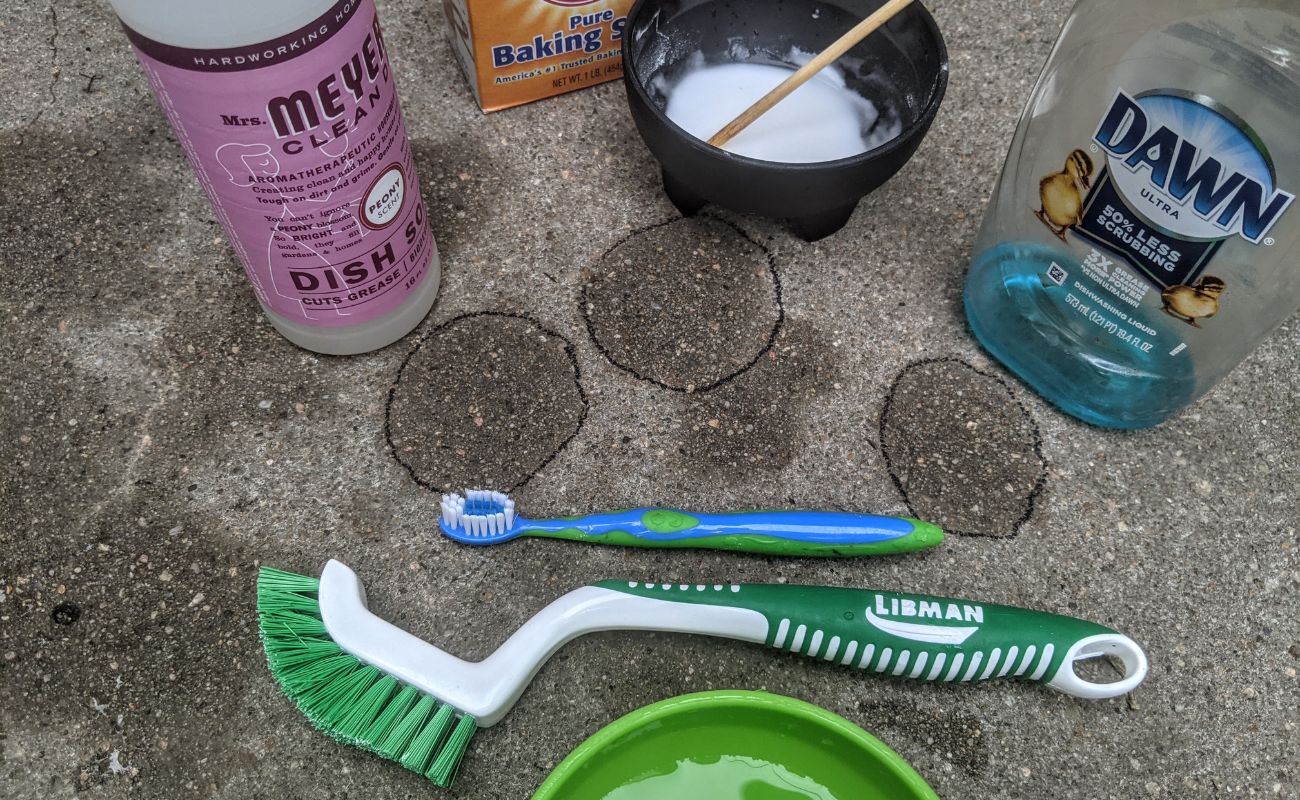
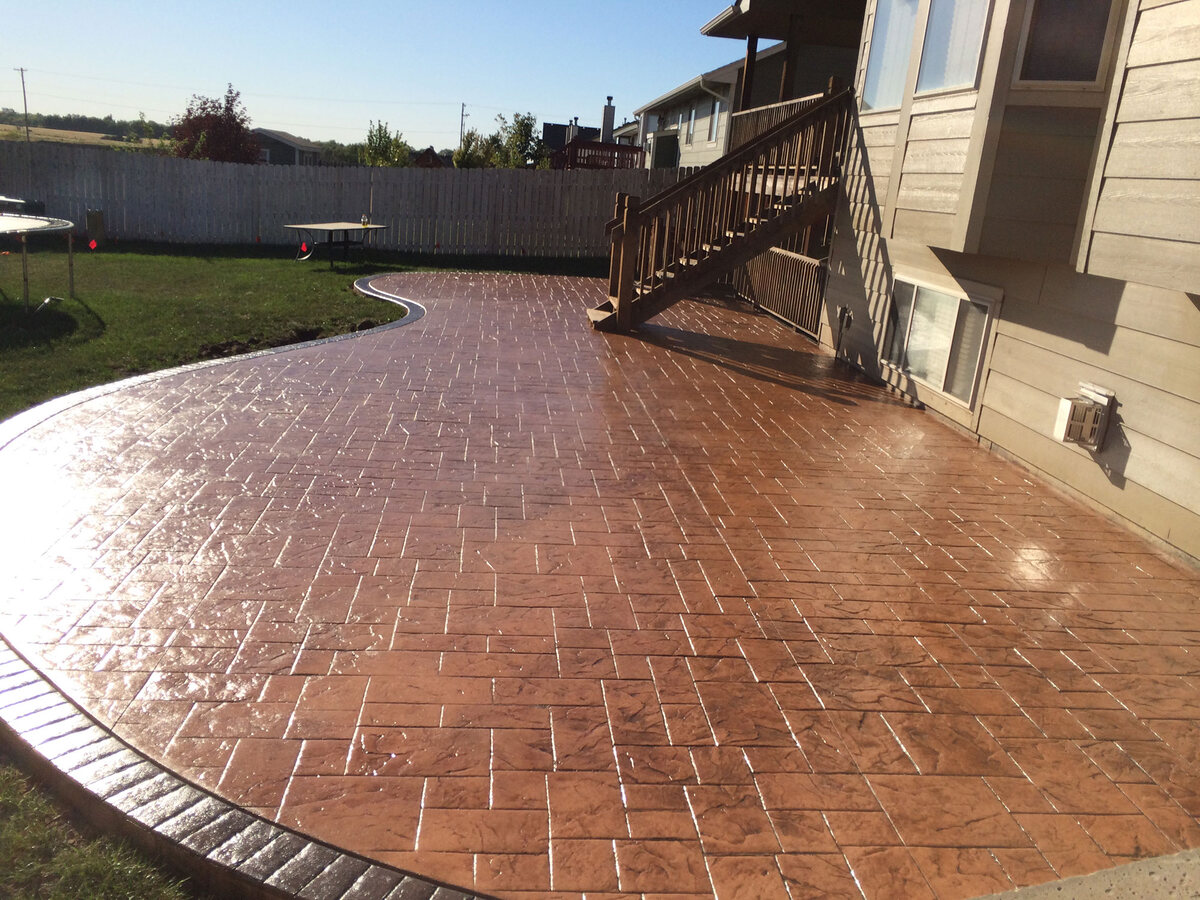
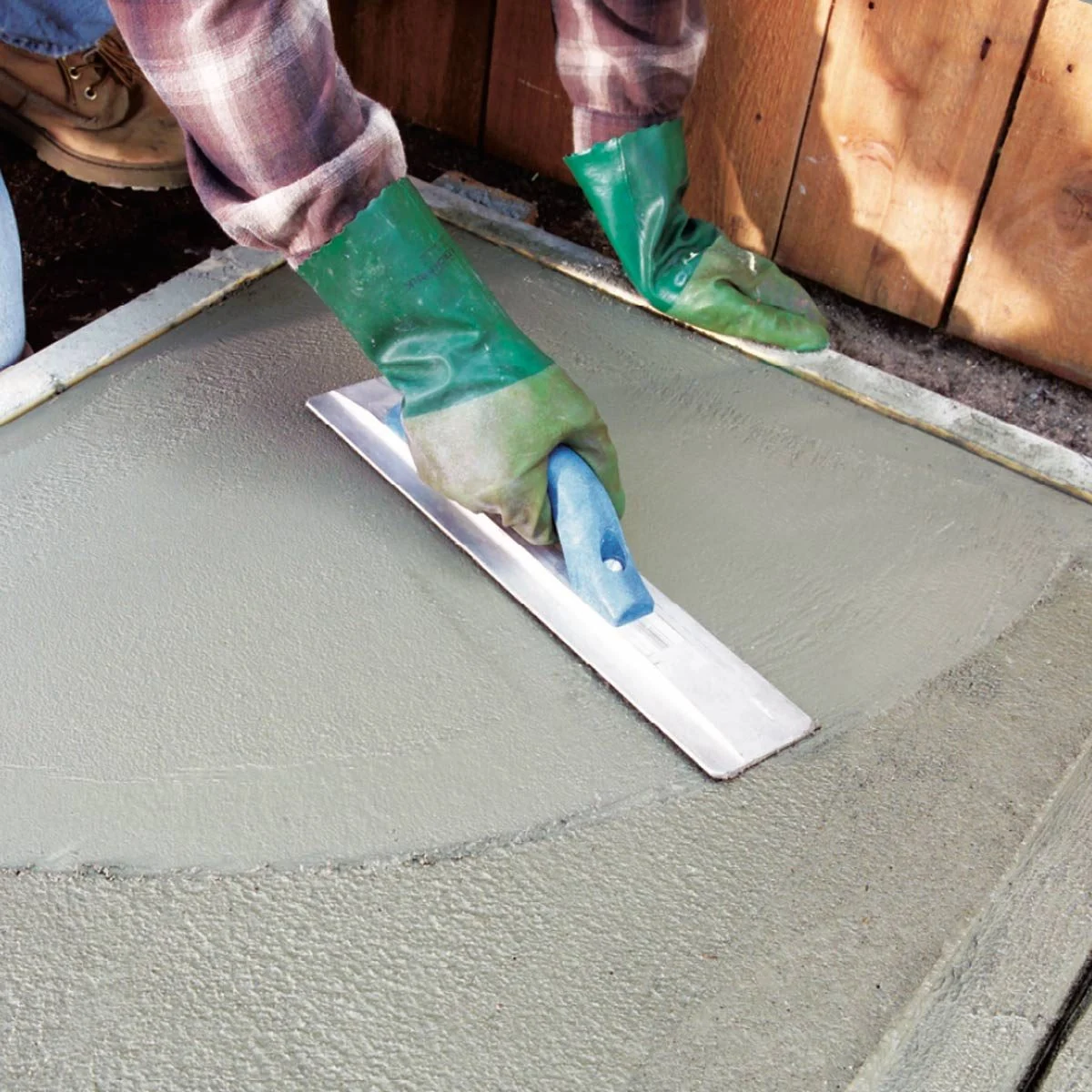
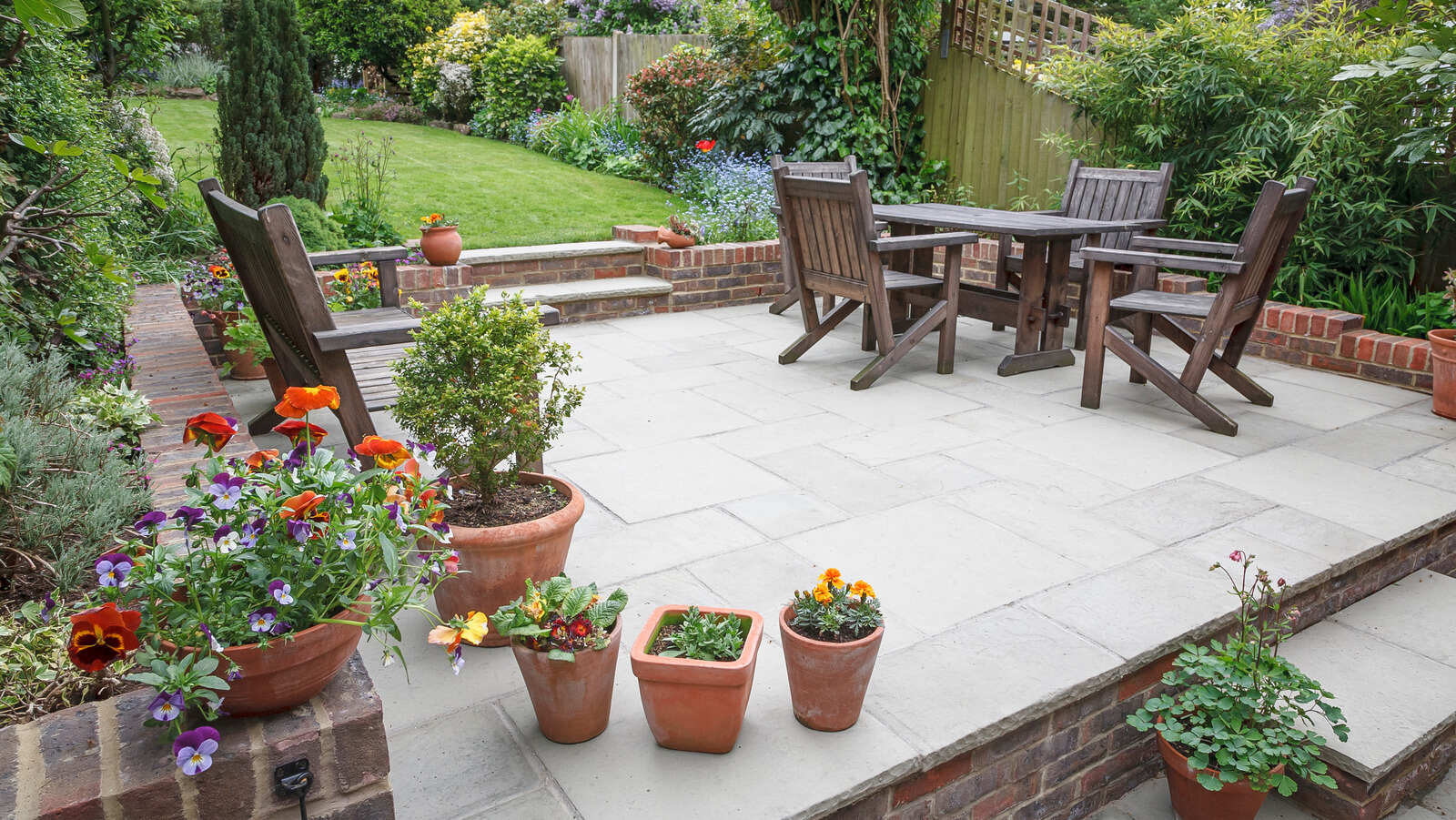
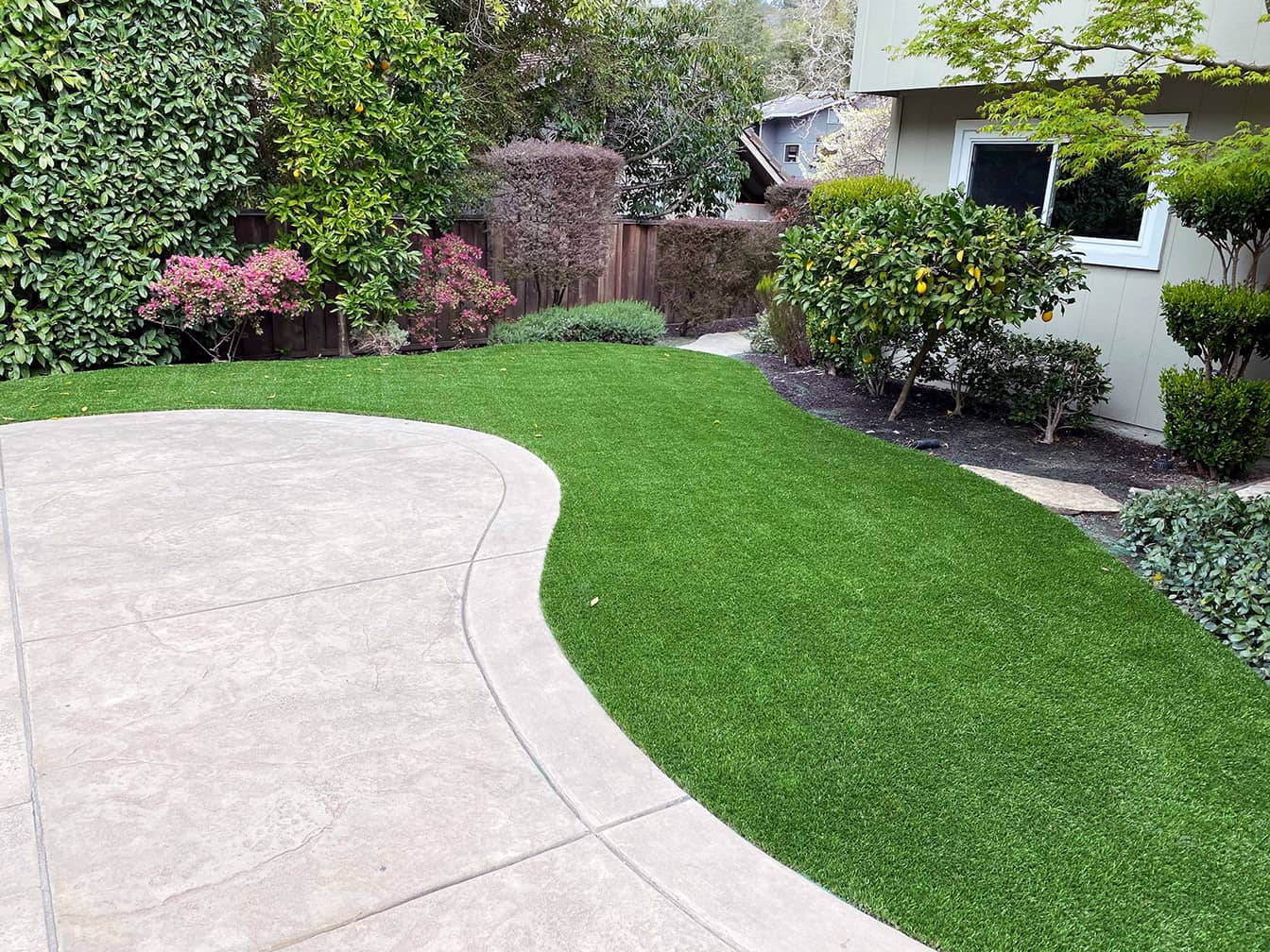
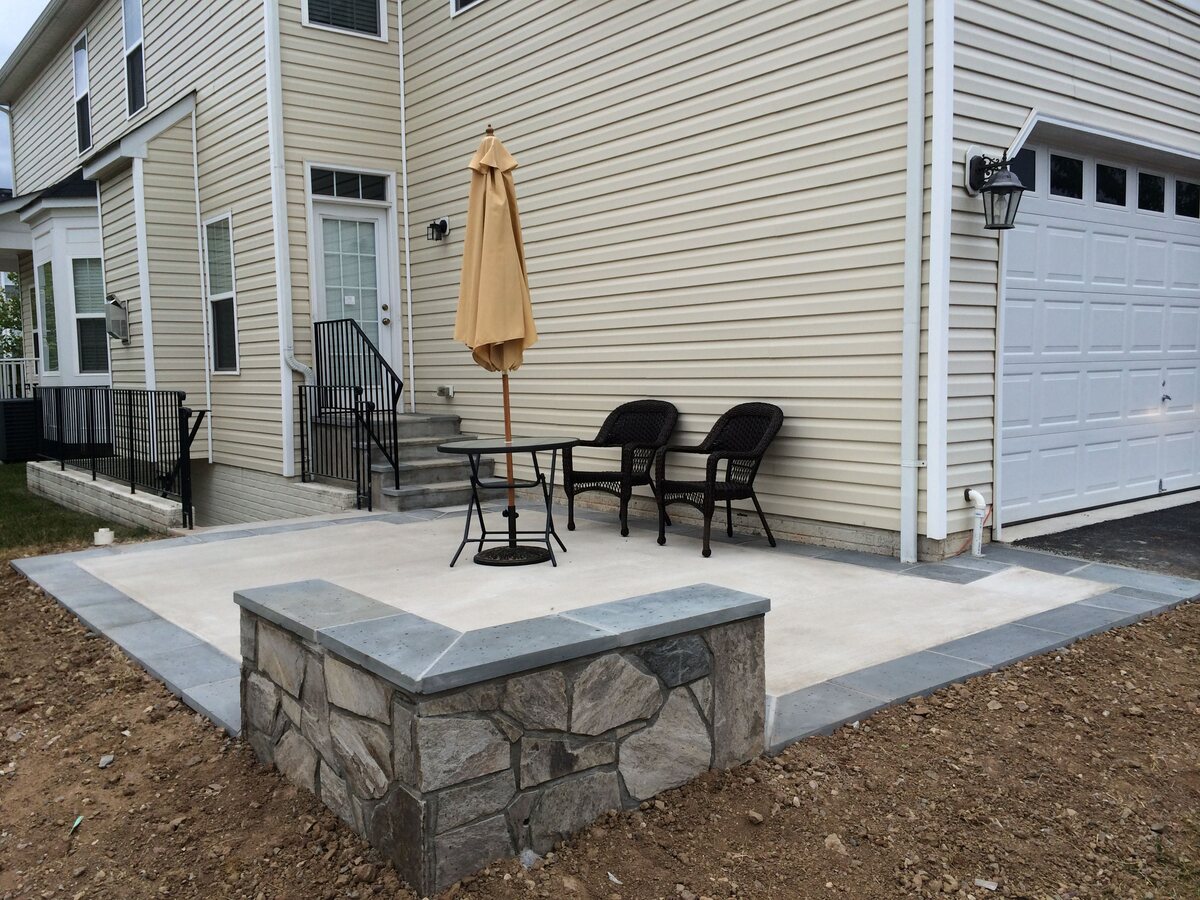
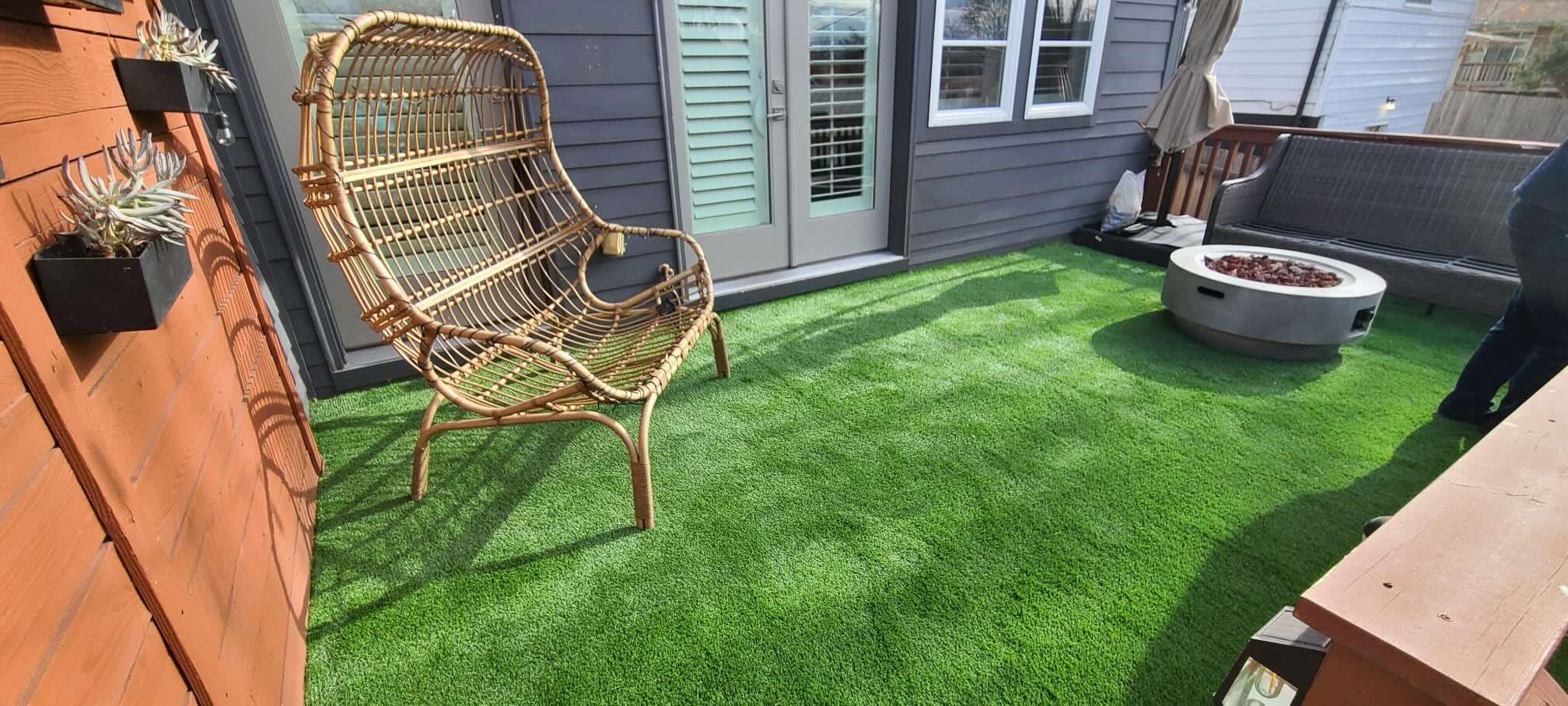

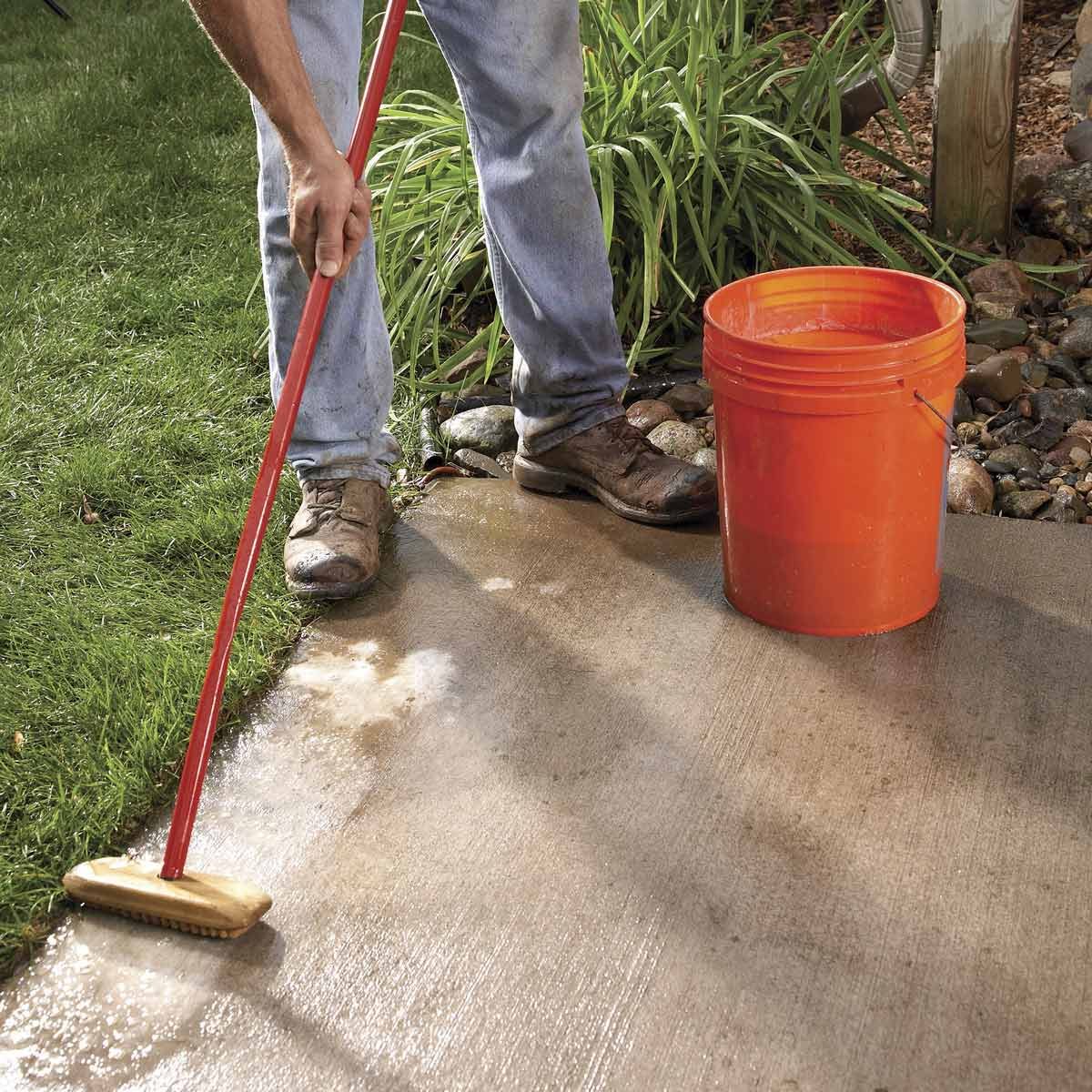
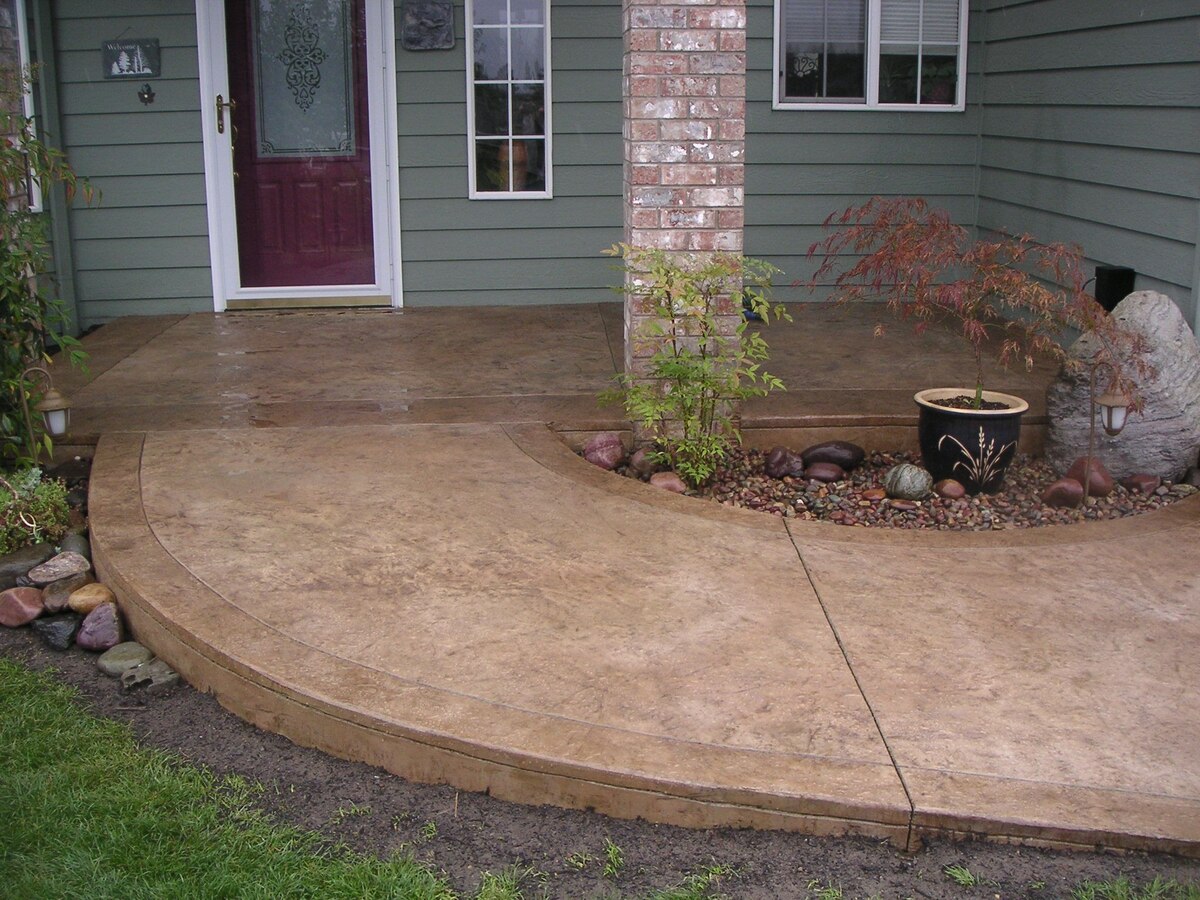
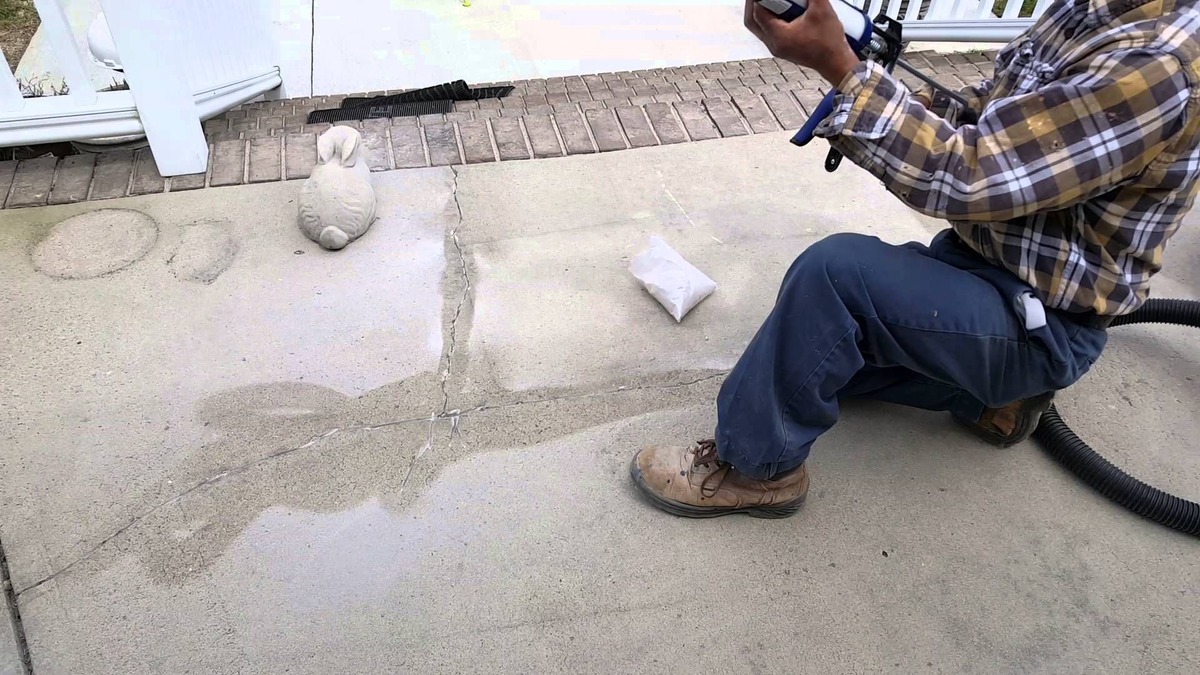
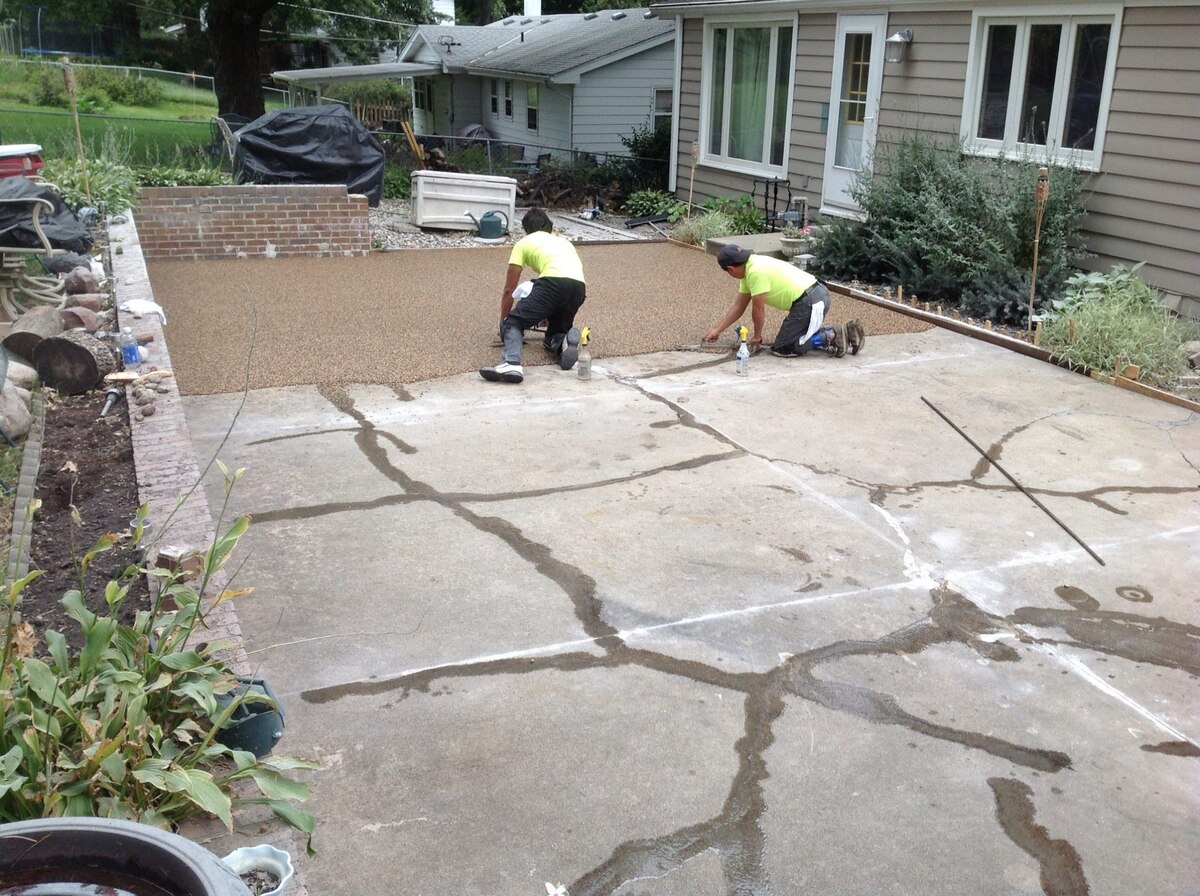
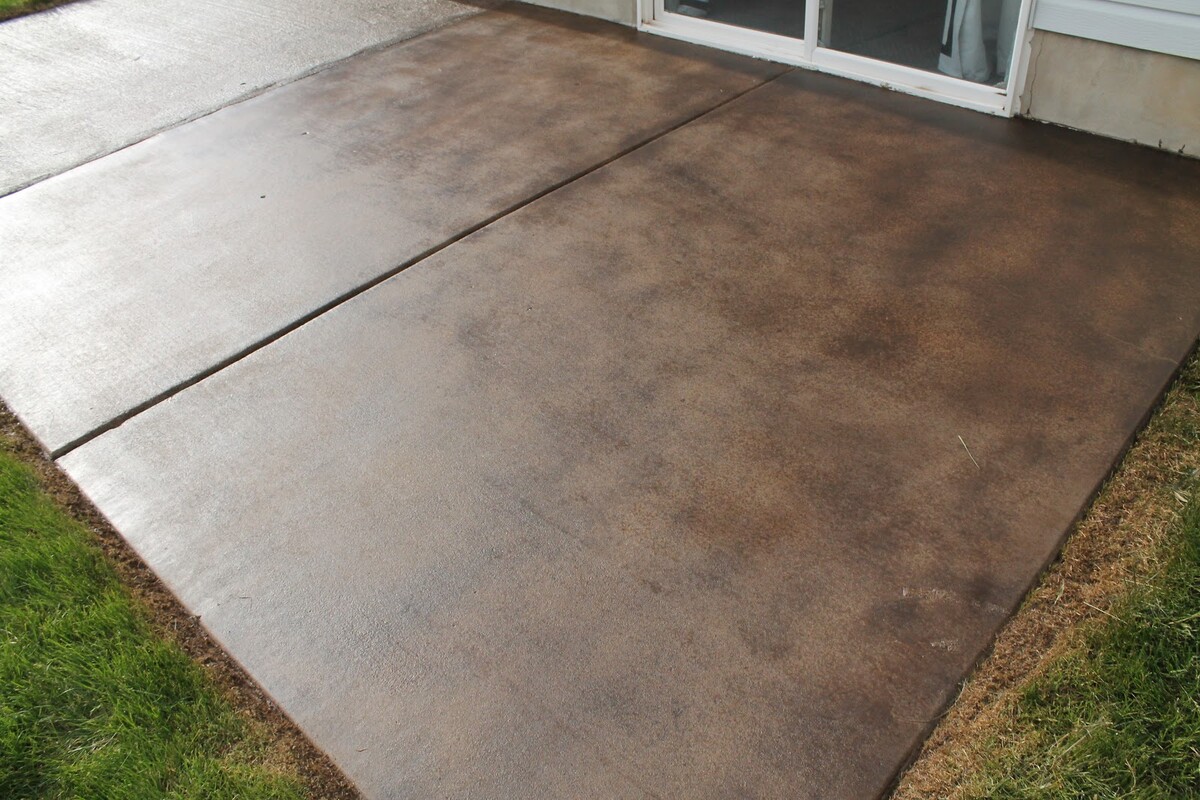
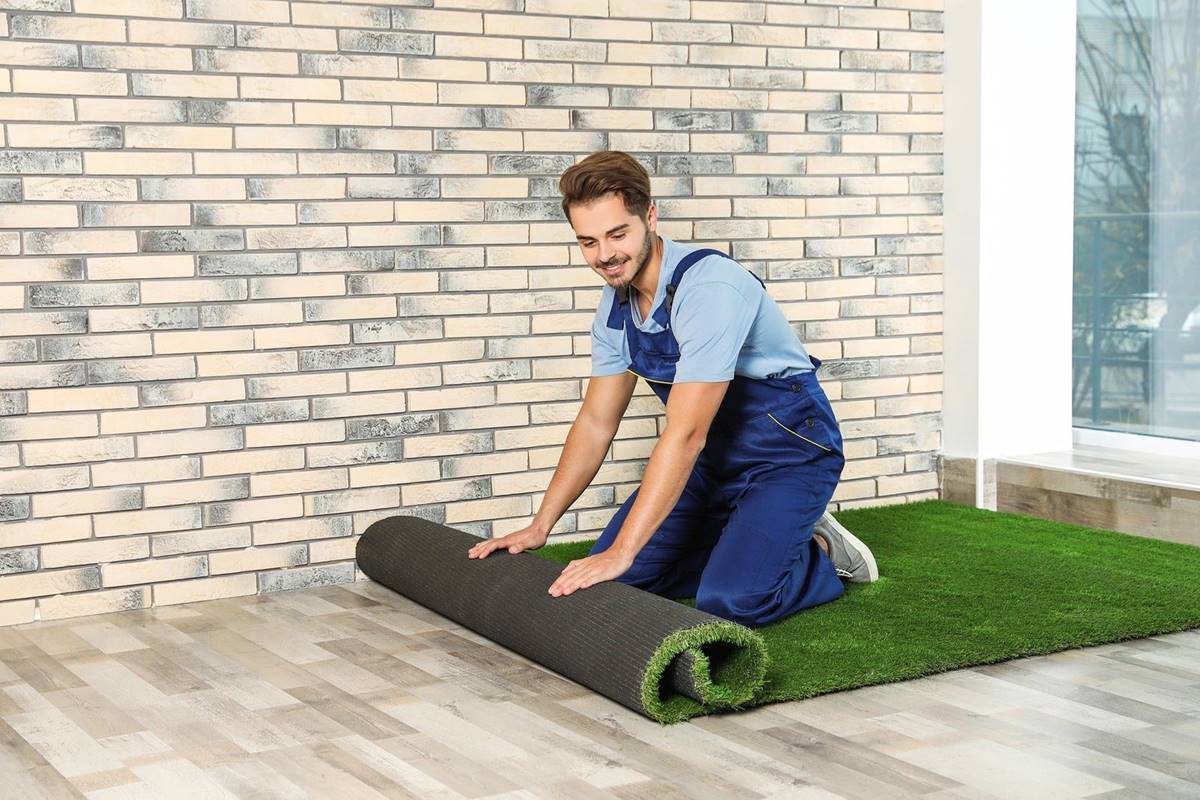

0 thoughts on “How To Secure Artificial Grass On Concrete”